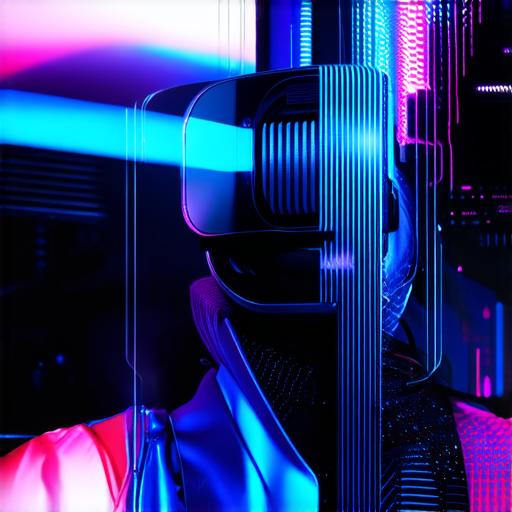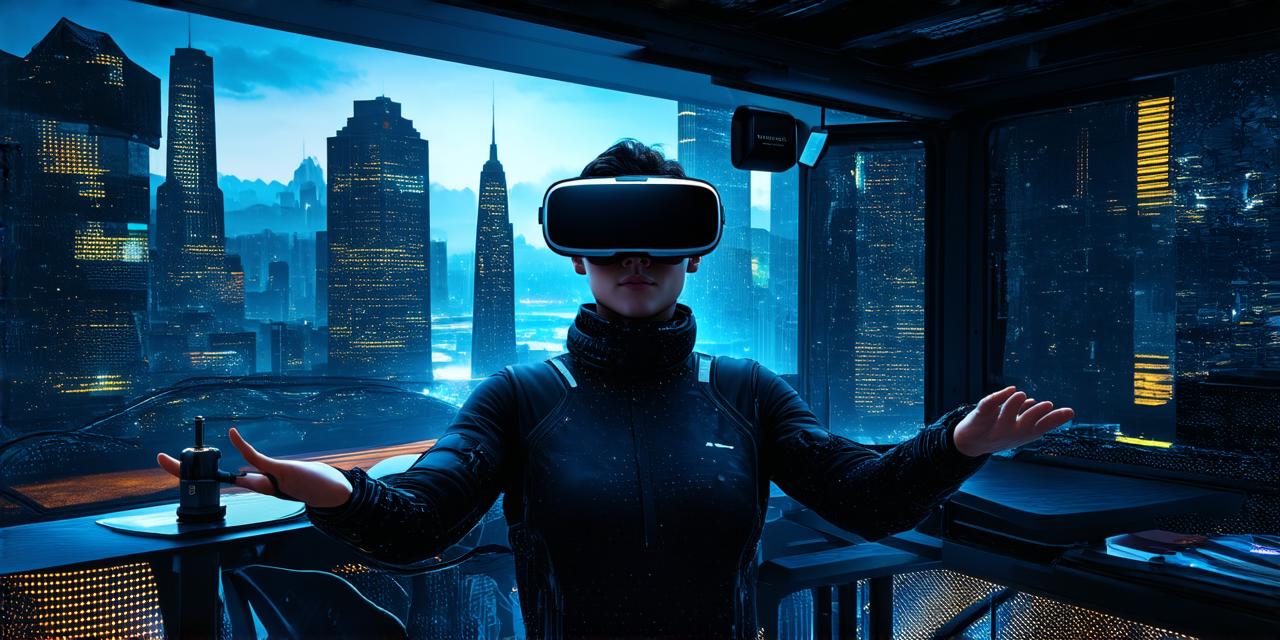
Who will use virtual reality?
Virtual reality (VR) technology has been around for a while now and its use has expanded beyond gaming and entertainment. VR is now being used in various industries including healthcare, education, training, and simulation, among others.
Table of Contents
ToggleHealthcare:

Virtual reality can be used for medical training, surgical planning, and rehabilitation. Medical professionals can use VR simulations to practice complex procedures without risking patient safety. This technology can also be used for pain management by creating immersive environments that distract patients from their discomfort.
Education:
Virtual reality can be an effective tool in education as it provides students with an interactive and immersive learning experience. With VR, students can take virtual field trips to historical sites or explore the solar system without leaving the classroom. This technology also allows for simulations of lab experiments, providing a safe environment for hands-on learning.
Training:
Virtual reality is being used in training industries such as aviation and military for simulated scenarios that allow trainees to practice in a safe environment before performing actual tasks. It can also be used for customer service training by creating realistic simulations of customer interactions, allowing employees to develop better communication and problem-solving skills.
Simulation:
Virtual reality is being used in simulation industries such as architecture and engineering for visualizing designs in 3D. This technology can also be used for product testing and prototyping, allowing companies to test products before launching them in the market.
In conclusion, virtual reality technology is being used by different sectors such as healthcare, education, training, and simulation. The benefits of VR are numerous, including providing an interactive and immersive learning experience, safe practice environments for medical professionals, and effective customer service training. As this technology continues to evolve, we can expect to see even more use cases emerge in the future.

